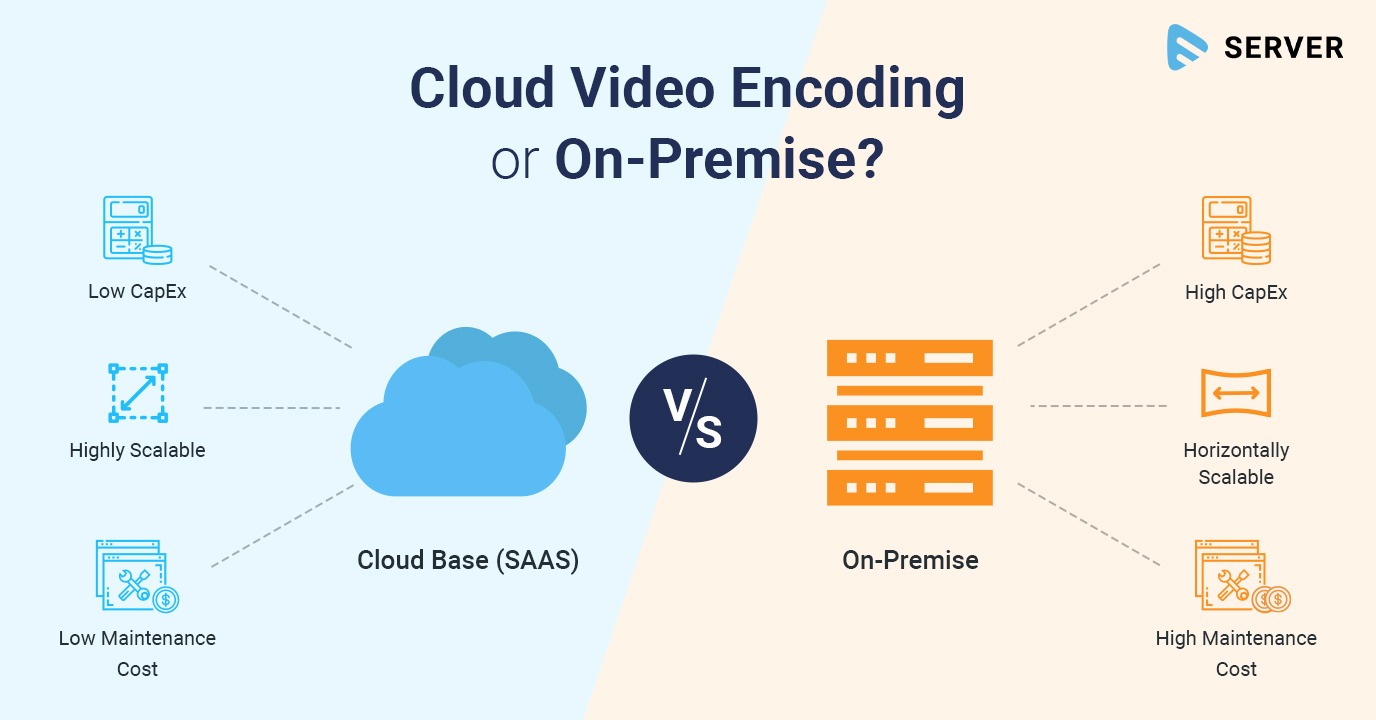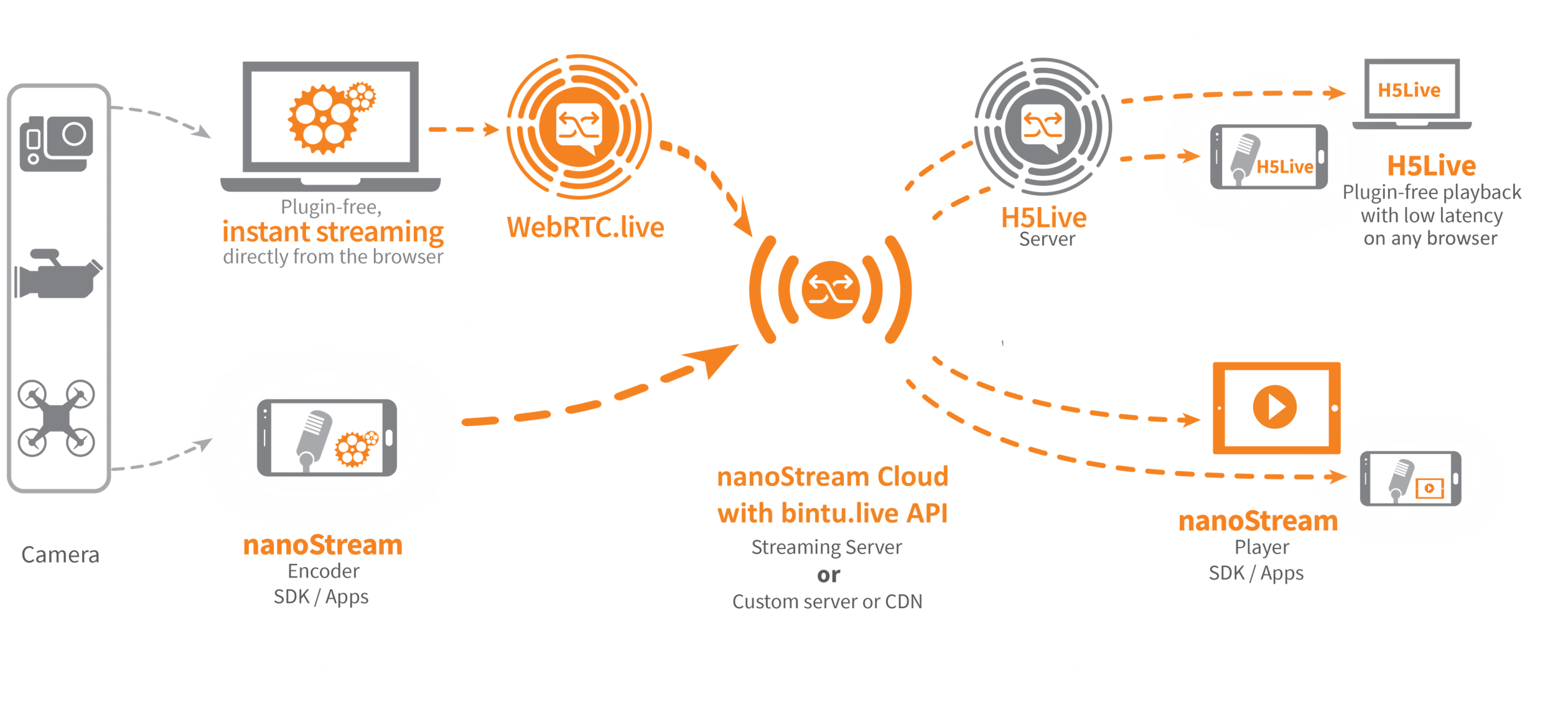

As viewers are prepared to bear with a drop in video quality for a consistent stream, ABR is a vital encoding technology. Your video stream can thereby switch between different video qualities depending on the device and available bandwidth. This is achieved by encoding your video files in multiple renditions of different bitrates, resolutions, and compression rates. Through an ABR approach, you deliver the best possible video quality that an internet connection permits without disrupting the video stream. This is where adaptive bitrate (ABR) streaming comes in. Viewers can have access to varying bandwidth capabilities, and the video stream has to be optimized for each case.


It is well suited for 4K streaming and is widely compatible across many browsers and devices.

VP9 is another open-source codec developed by Google, with performance that is comparable with H.265. AV1 is yet to be widely supported and is known to take a longer encoding time, which translates to increased encoding costs. However, H.266 is yet to be adopted within the industry.ĪV1 was introduced by the Alliance for Open Media (AOM) to be open-source and is regarded by many as the best free video codec available at present. H.266 was launched in 2020 and is also known as Versatile Video Coding (VVC) for the versatility it promises in serving video qualities of all types. Despite that, H.265 isn’t as widely adopted as its predecessor due to uncertainties surrounding licensing fees although, it does have a strong reach on most Smart TVs. H.265 came about as a solution for high-resolution videos and live streaming by improving compression efficiency. However, H264 is best suited for low-latency streaming and doesn’t perform well with 4K or high dynamic range (HDR) content. H.264 is the most popular video codec out of the bunch and is compatible with virtually any device or platform in the market.


 0 kommentar(er)
0 kommentar(er)
